If you’re interested in keeping birds like parrots, you’re probably worried about unsafe woods for parrots.
You know that a parrot needs perches and toy in the cage.
It’s important to provide toys for parrots, satisfying the sense of chewing and crushing for them.
If the parrot does not have toys for fun, it will hurt itself or the feathers. And the beak will grow a lot.
All adult or immature parrots are busy with toys for many hours and they usually are busy chewing them.
Since wood is a natural material, the best toys for parrots are wooden toys.
So knowing the suitable wood is very important for this purpose.
Lichtenberg Wood Burning eBook
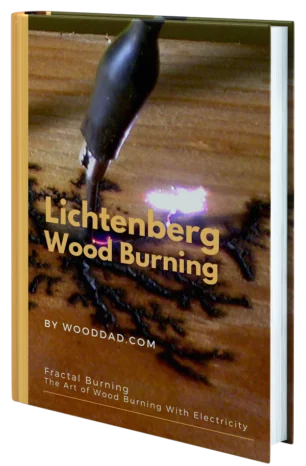
Download Lichtenberg Wood Burning eBook
One of the modern techniques for creating wooden artwork is called Lichtenberg wood Burning. In this eBook, we are going to introduce this newfound art to you.
This technique is known with some different names such as Lichtenberg wood burning, fractal wood burning, and electricity wood art.
This technique should not be confused with wood burning art or pyrography. The art of pyrography on wood is the art of creating motifs and designs by burning with hot metal tools on objects such as wooden surfaces.
Lichtenberg burning is a wood-burning technique for creating designs with electricity.
This eBook is a comprehensive guide on Lichtenberg Wood Burning. All you need to know for Lichtenberg Wood Burning is here.
This is a limited-time offer, order now to get access to the future eBook releases.
Are All Types of Wood Safe For Parrots?
Some people believe that the only chemicals available in the world are made by humans and that anything natural is basically safe.
That thought is completely wrong!
There are many plants and trees that contain highly toxic compounds that are hazardous to humans and animals.
To make wooden toys for parrots, you should pay attention to use woods that are safe for them.
Unsafe Woods And Plants For Parrot
Limited research has been done on unsafe woods for types of birds.
Maybe a plant species is toxic for humans, but it’s not dangerous for birds like parrots.
In general, you should not use woods that contain cyanogenic glycosides for parrots.
Here is a list of Toxic plants and wood that are dangerous for parrots.
- Amaryllis
- Delphinium
- Mistletoe Prune Trees
- Andromeda
- Dieffenbachia
- Mock Orange
- Avocado Elderberry
- Monkshood
- Ranunculus
- Azalea
- Elephant Ear
- Morning Glory
- Red Maple
- Baneberry
- Eucalyptus-dried
- Mountain Laurel
- Rhubarb Leaves
- Bean Plant
- Euonymus
- Mushrooms
- Rhododendrons
- Belladonna
- Felt Plant
- Narcissus
- Rubber Plant
- Bird of Paradise
- Ficus
- Nectarine Trees
- Sandbox Tree
- Black Locust
- Firethorn Nettles
- Shamrocks
- Bleeding Heart
- Flame Tree
- Nightshade
- Skunk Cabbage
- Boxwood
- Four O’ Clocks
- Oak Trees
- Snowdrop
- Bulb Flowers
- Foxglove Oleander Sorrel
- Buttercup
- Heliotrope
- Peach Tree
- Spurges
- Holly
- Periwinkle
- Sweet Pea
- Caladium
- Honeysuckle
- Philodendron
- Tobacco
- Clover
- Coffee Plants
- Hydrangea
- Plum Trees
- Tomato Plants
- Cherry Tree
- Iris
- Poinsettia
- Vetch
- Chestnut Tree
- Poison Ivy
- Wattle
- Clematis Jasmine
- Poison Oak
- White Cedar
- Coral Plant
- Jerusalem cherry
- Wisteria
- Pokeweed
- Wild Sunflowers
- Crownvetch
- White Cedar Tree
- Daffodil May Apple
- Privet Hedge
- Nutmeg
Some Notes
Toys and perches for parrots are one of the most essential needs of these birds.
The best material to make these toys is wood, which makes the bird play easily with them.
In nature, the branches of the trees are at different angles, so you should try to not keep all of them horizontally in the cage.
By doing so, the legs of the parrot will be damaged over time.
As mentioned above, you should not use unsafe plants in parrot cages.

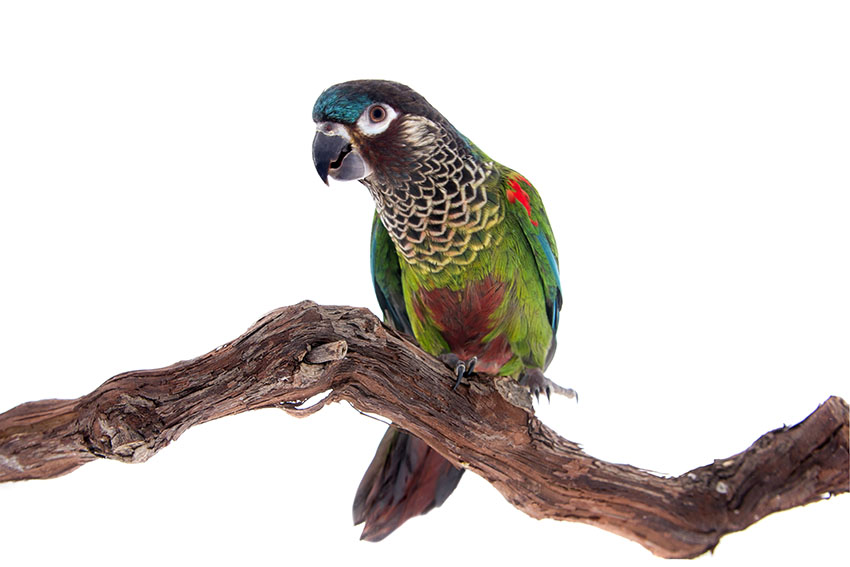
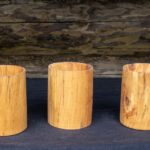

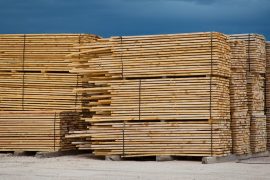
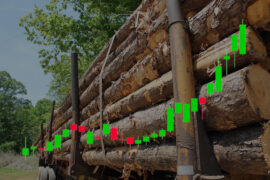
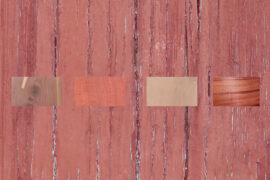
2 Comments
Pingback: Benefits of Wooden Toys for Children | Wood Dad
Pingback: What is the Aquarium Wood? | Wood Dad
Sorry gotta say. Putting the woods in a ALPHABETICAL list would be very easy. But I found wood I might of used. But still would be nice if I could go by alphabet, instead of scanning 3 times.. like the list.. Thanks.
Thank you for your suggestion to avoid right angles on all perches and roosts, in order to give the birds’ feet and leg muscles a better workout. I have always avoided this in order to avoid creating a sharp angle in which my bird can become trapped, but I’m pretty sure I can include some angles that won’t be hazardous.